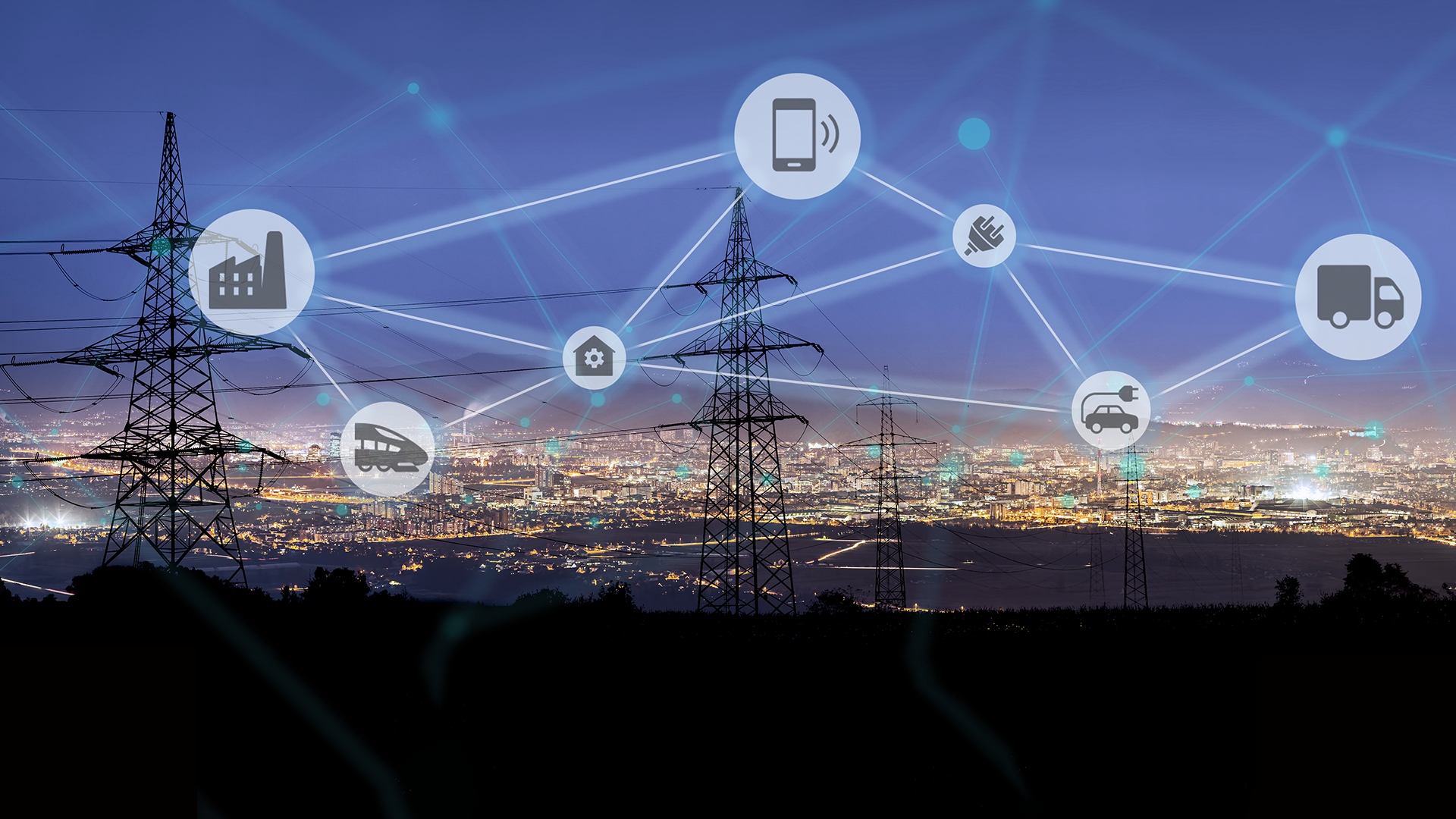Our customers are often trying to understand and solve some of the world’s most complex and challenging problems.
Of course, the challenges of the past few years have been beyond extraordinary, with impacts spanning from local, regional, or even global audiences, in a world that’s more interconnected than ever before.
Our customers are organizations who can transform the world as they fight climate change and drive pandemic response with actionable strategies and solutions, advocate for racial equity and social justice, or monitor and solve supply chain disruptions and mitigations against weather and political events.
To say their mission is challenging and complex is an understatement. To understand the full scale of these problems, to then seek solutions, demands the need for intelligent, autonomous, and automated solutions – now more than ever.
In response, we’ve further redefined modern GIS by delivering a game changing enterprise system with geospatial capabilities and infrastructure available in the cloud, at the edge, and in the field.
We’re delivering GIS everywhere with maps, apps, and collaboration at your fingertips, geospatial analytics and location intelligence powered by purposeful servers and APIs, and advancements to geospatial AI.
Here are a few of the ways these advancements have been realized in ArcGIS this year.
Cloud-native geospatial infrastructure
In May, we released our newest product offering and next generation of ArcGIS Enterprise; ArcGIS Enterprise on Kubernetes. This new cloud native deployment option complements our existing ArcGIS Enterprise offering on Windows and Linux to deliver mapping and analytics in the public or private cloud, or on premises.
This new offering delivers the most advanced geospatial cloud, as a complete and highly integrated geospatial system for modern enterprises.
ArcGIS Enterprise on Kubernetes is supported in on-premises environments with Red Hat OpenShift Container Platform as well as in several cloud environments including Amazon Elastic Kubernetes Service (EKS), Google Kubernetes Engine (GKE), and Microsoft Azure Kubernetes Service (AKS). It also delivers direct connectivity to co-located and nearby data in each supported cloud-based environment.
This new geospatial offering brings scalability, resilience, and manageability to your organization. It also provides built-in high availability as well as flexibility to scale your infrastructure efficiently, reduces administrative overhead in managing deployments and upgrades, and supports modern CICD practices.
Integration with and connectivity to cloud-based data
And, not only is ArcGIS Enterprise on Kubernetes cloud-native, but so the connectivity from ArcGIS Enterprise to the co-located and nearby data in each supported cloud-based environment.
You can connect to and use all the data stored in these clouds, like imagery in Amazon S3 or Azure Blob Storage, use Amazon RDS for PostgreSQL, Amazon Aurora or Google Cloud SQL for PostgreSQL or Microsoft SQL Server.
You can also connect to your geospatial data in massive cloud data warehouses like Amazon Redshift, Snowflake or Google Big Query.
These cloud data warehouses are enormously powerful analytic databases that can store petabytes of data. You can now connect to them to browse datasets, create query layer services, and visualize and perform analysis.
Powerful graph analysis capabilities
ArcGIS delivers many insightful tools to visualize and analyze dimensions of space and time using a wide range of types and volumes of data.
This year brought ArcGIS Knowledge, and with it, powerful new graph analysis capabilities to explore spatial and non-spatial relationships in ArcGIS Enterprise and ArcGIS Pro.

ArcGIS Knowledge enables organizations to identify and understand complex relationships found within vast amounts of data.
Through maps, graphs, and histograms, organizations can provide context to their data by revealing who and where people and things are located, and what kinds of relationships are found between them.
This insightful capability aids and advances informed and accelerated decision-making initiatives at an enterprise scale.
Supply chain networks and airline companies analyze vast transportation networks with innumerable components and variables to calculate shortest path and partitioning to optimize routes for speed, efficiency, and cost. Oil and gas companies need to account for hidden and pervasive risks associated with myriad factors including types of equipment, tools, manufacturers, locations, operating conditions, personnel, and more. And in a world of ever-growing e-commerce, marketplaces and financial institutions need to be able to identify behaviors that might indicate fraudulent or unlawful activity connected to any of the countless transactions they oversee in a day – and they need to do it quickly.
Geospatial AI
Geospatial AI applies spatial machine learning and deep learning techniques to help solve complex problems and derive deeper insights in powerful and innovative ways.
In ArcGIS, this is realized as an end-to-end system used to systematically integrate massive amounts of data, to prepare and model it, and ultimately, to turn it into knowledge and intelligence to aid in decision making.
At the core of this technology is the arcgis.learn module in the ArcGIS API for Python which is used to train a wide variety of deep learning modules using your datasets.
Additionally, ArcGIS provides pre-trained models and sample notebooks that can be used to detect objects, classify land-cover, extract building footprints, and so on. For example, see how the Building Footprint Extraction model can be applied in real-world scenarios for suitability analysis, disaster management, and more.
Learn more about some of the exciting ways in which geospatial AI is used to solve real-world problems as demonstrated in this year’s Developer Summit presentations.
Learn more:
To learn about these features and more, see these related blogs and videos:
- What’s New in ArcGIS Pro 2.9
- What’s new in ArcGIS Enterprise 10.9.1 on Kubernetes
- What’s New in ArcGIS Enterprise 10.9.1
- What’s new in ArcGIS pretrained models
- Introducing Cloud Data Warehouse Support
- Introducing Cloud Data Warehouse Support
- Sharing Cloud Data Warehouses
- Now Available: ArcGIS Knowledge
- Introducing ArcGIS Knowledge: What’s Coming (November 2021)
- Dev Summit 2021: ArcGIS – a complete system for Spatial Analysis, Data Science, and Geospatial AI
- Geospatial Deep Learning Using the ArcGIS API for Python
- Announcing deep learning models update (February 2021)


Commenting is not enabled for this article.